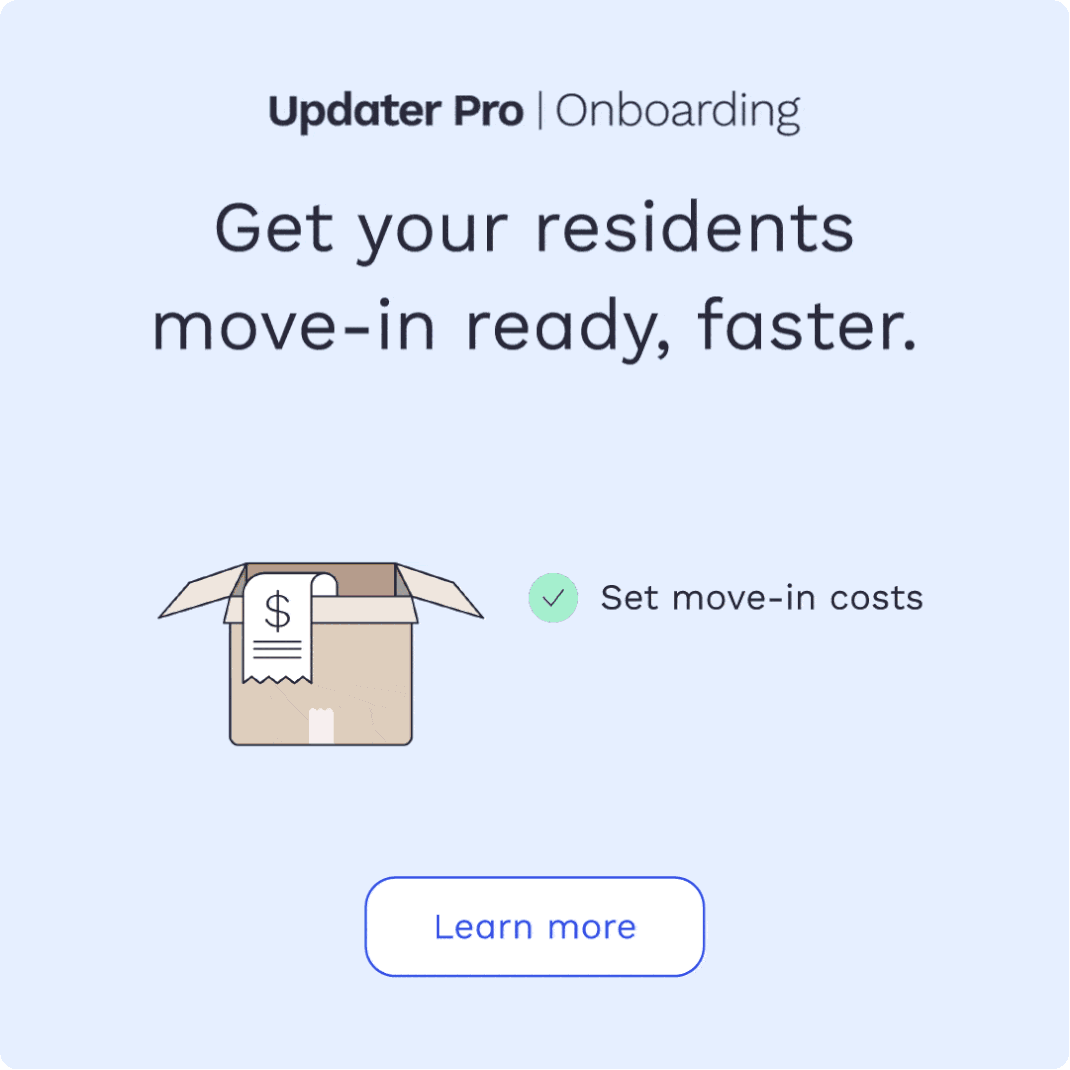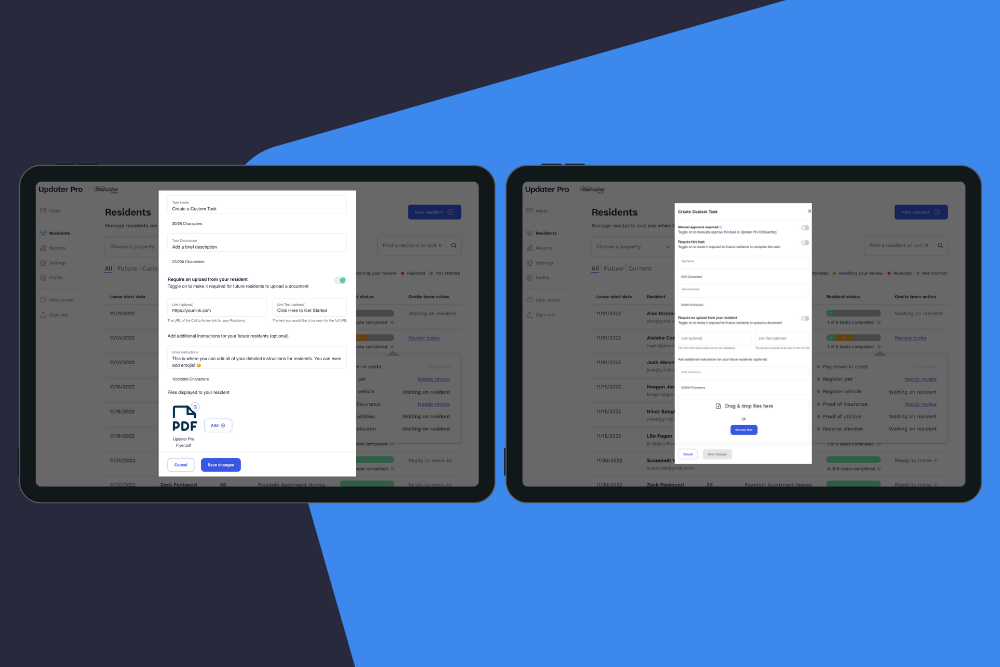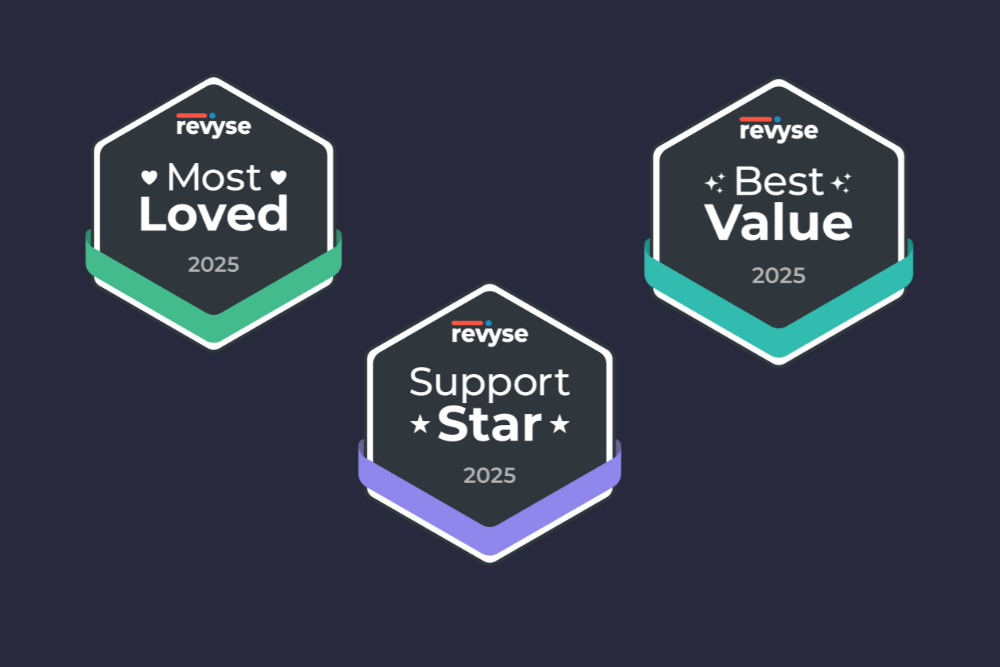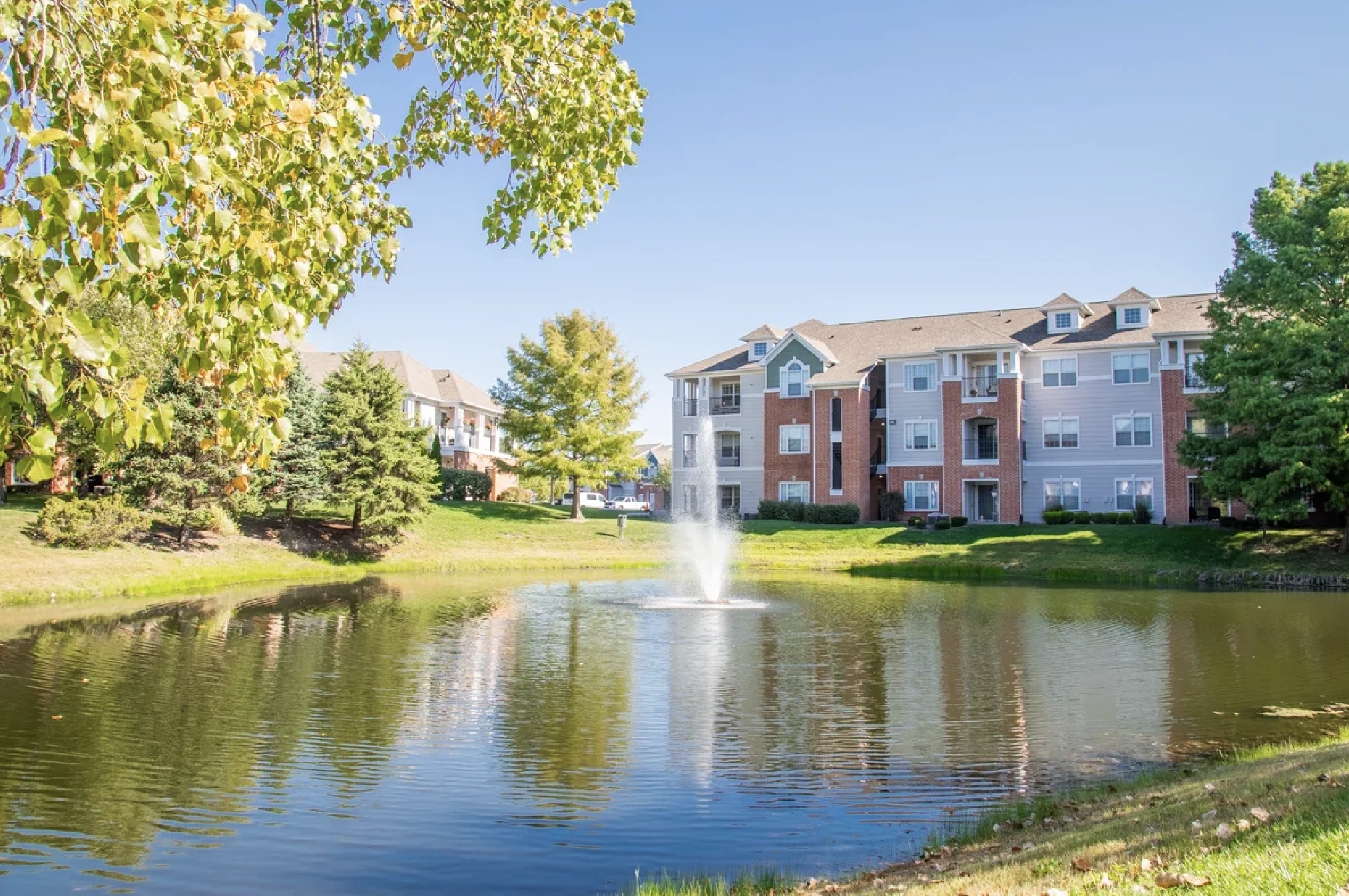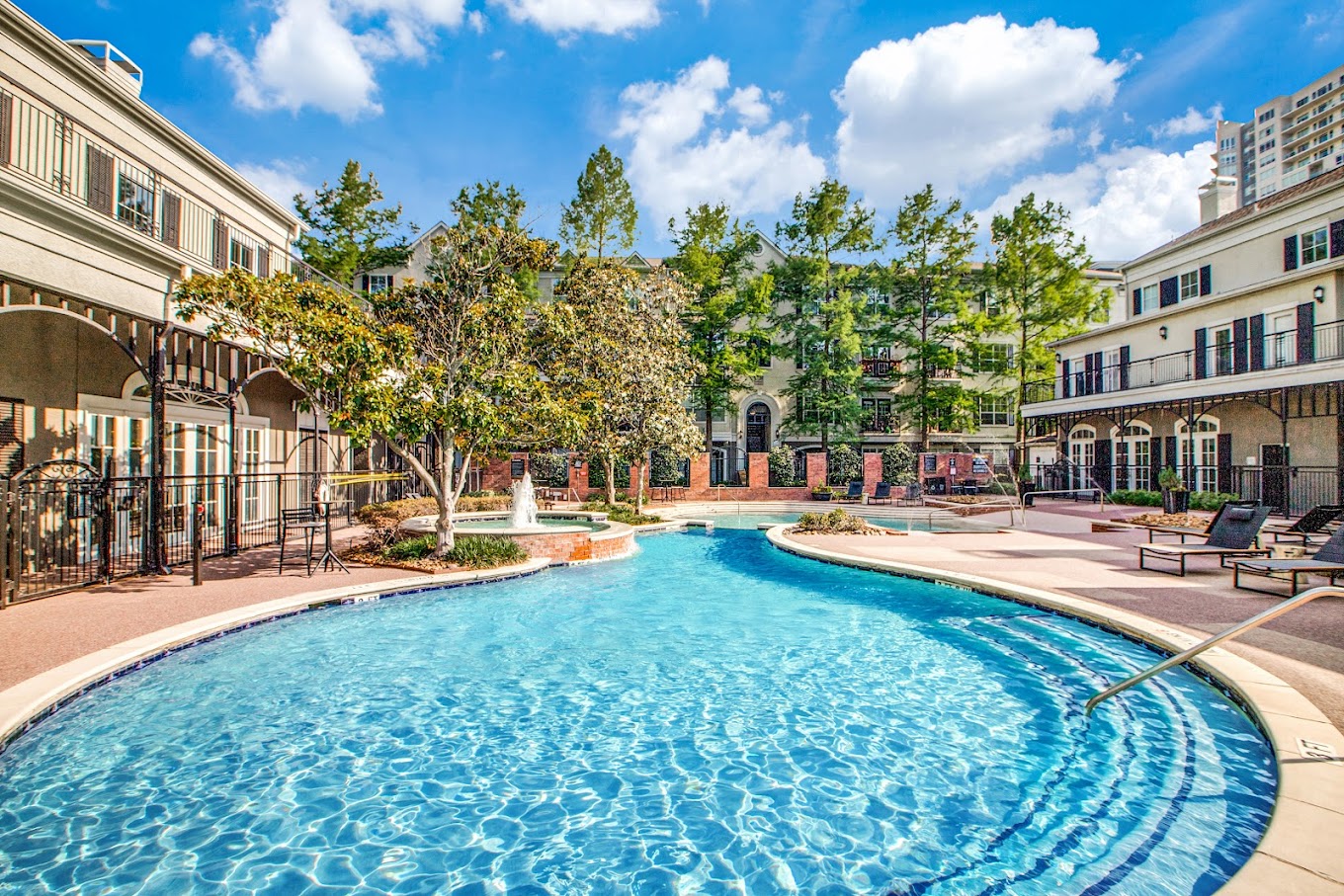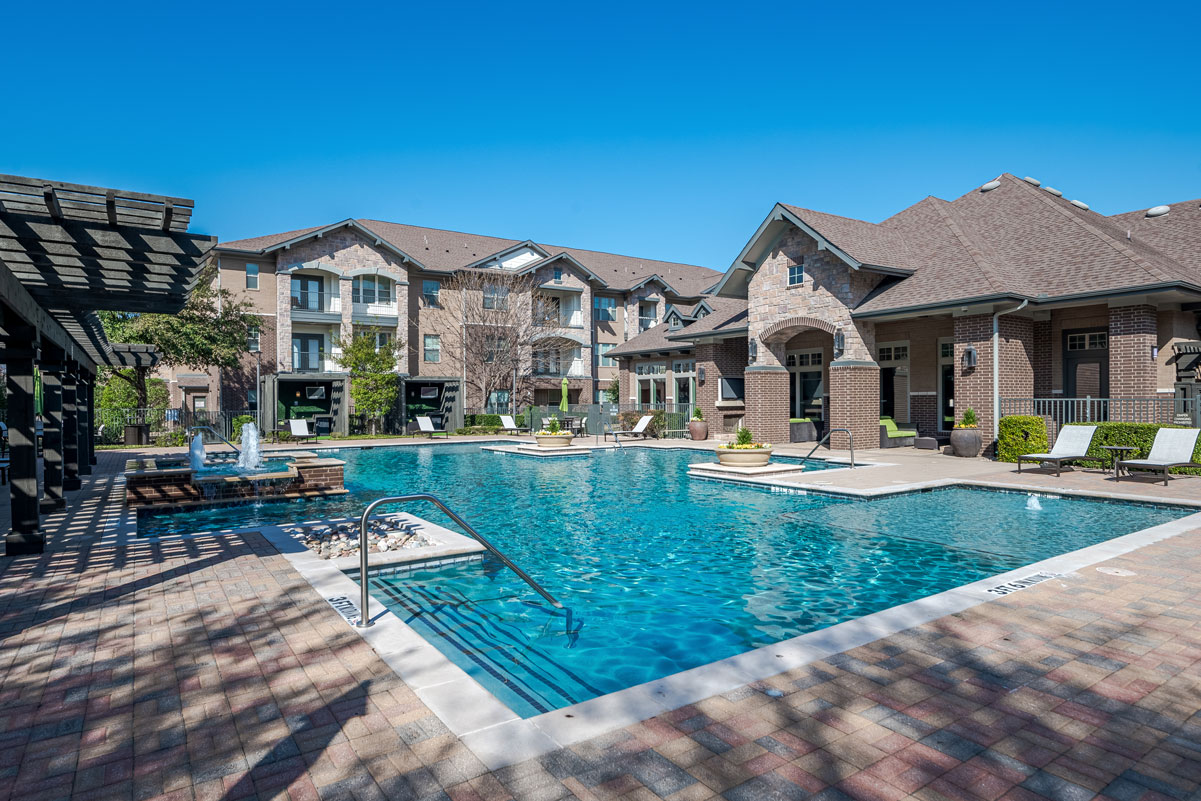How move-ins impact resident retention in multifamily

The experience of moving into a new residence is much more than a logistical event; it sets the stage for the resident’s entire leasing journey. Oftentimes, it’s extremely difficult to turn a resident’s experience around if they have a negative, stressful, or unpleasant move-in.
And because moving is — already — the third most stressful life event for Americans (behind death and divorce), it’s extra important that the move-in experience goes smoothly. A happy resident is one who stays, and it’s far more cost-effective to retain the residents you have than to find new ones and turn over units.
While this may sound incredibly obvious, the devil is in the details. Investing in resident satisfaction from lease signing onward can yield substantial financial returns in the long-run.
The data on resident satisfaction:
- 79% of residents who were satisfied at move-in remained satisfied at renewal. (KingsleySurveys, 2023)
- Residents satisfied at move-in are 59% more likely to renew their lease. (KingsleySurveys, 2018)
- 68% of renters believe it’s essential to have an in-person walkthrough, orientation, or tour on move-in day. (KingsleySurveys, 2023)
- 83% of renters say that the management company and the people they deal with onsite impact future leasing decisions. (KingsleySurveys, 2023)
- Dissatisfaction with management is the second most common reason residents move away from their community. (NMHC/Grace Hill 2022)
- Only 20% of residents who were dissatisfied at move-in became satisfied through renewal. (KingsleySurveys, 2023)
- An average apartment turnover costs $3,976. (Zego, 2022)
Implications and management’s control of resident satisfaction
Data shows that people move for a variety of reasons. Sometimes those reasons have nothing to do with management (moving for a job or starting a family, for example), but sometimes the decision to leave a rental stems from unhappiness with management.
In fact, NMHC’s 2022 Apartment Resident Preferences Report cites unhappiness with management as the second most common reason residents move away from their community. Zego conducted a deep dive into reasons residents move and analyzed whether the reason was controllable by management or not controllable.
The data is undeniable — showing that residents move for reasons within management’s control by a factor of nearly 2:1. The following cites specific controls:
- Controllable by management:
- 47% Seeking lower rent
- 31% Seeking better apartment management
- 29% Seeking better apartment features
- 21% Seeking better community amenities
- 16% Seeking newer building/community
- Not controllable by management:
- 22% Seeking better apartment floorplan/layout
- 21% Seeking better location/neighborhood
- 19% Seeking more living space
- 13% Moving to a new city
- 10% Changing marital/job/ family status
Retaining residents saves thousands per year
Given that the average apartment turnover costs $3,976, reducing turnover rates can lead to significant savings. But, reducing turnover is about more than the direct costs saved – by retaining residents, you can also benefit from consistent rental revenue, reduced vacancy periods, and the value of a stable community reputation. The financial repercussions of resident turnover can be felt directly in the bottom line. Beyond the obvious costs associated with preparing an apartment for a new resident – such as cleaning, painting, and minor repairs – there are hidden costs that add up quickly.
Turnover costs may include:
- Lost rental income during vacancy periods
- Marketing and advertising costs to attract new residents
- Administrative costs for processing move-outs and new leases
- Potential concessions or discounts to attract new residents
- Man-hours spent showing the community to potential new residents
Given that the average apartment turnover costs $3,976, reducing turnover rates can lead to significant savings. But, reducing turnover is about more than the direct costs saved – by retaining residents, you can also benefit from consistent rental revenue, reduced vacancy periods, and the value of a stable community reputation.
Tactical recommendations:
- Leverage technology for a frictionless move-in:
- Implement digital platforms that allow residents to easily schedule their move-ins, view property details, and communicate initial requirements. Ensure the platform is intuitive, mobile-responsive, and offers real-time support.
- Automate processes like document signing, initial payments, and inventory checks, creating a smooth, paperless, and hassle-free experience for new residents.
- Share a welcome package:
- Develop digital welcome packets that residents can access upon move-in. This should include essential information about the community, local neighborhood, and a quick guide on how to utilize community technology and amenities.
- Supplement a resident’s digital onboarding with physical gestures such as welcome gifts, personalized notes, or even discount vouchers for local businesses. This will emphasize your community’s commitment to comfort, well-being, and solidify your goodwill within the neighborhood.
- Gather immediate post-move-in feedback:
- Create a system where residents can provide feedback about their move-in experience within the first 24-48 hours. This timely feedback can surface insights into any challenges faced, allowing for rapid fixes and continual improvement.
- Pair the feedback mechanism with a quick-response team that can immediately address any hitches, ensuring the resident starts their journey on a positive note.
- Feedback could also be leveraged to incentivize teams and individuals who receive high move-in scores – think gift cards or small bonuses for those who provide exceptional move-in service.
- Enhance the move-in experience with a warm welcome committee:
- Knowing that 68% of renters prefer in-person interactions on move-in day, form a dedicated welcome committee with friendly, well-trained staff. The committee members can provide unit walk-throughs, orientations, community tours, and even create a festive move-in day environment with welcome signs, confetti, or gifts.
- Prioritize personal greetings by guaranteeing that every new resident is warmly greeted by a member of the welcome committee upon arrival. This personal touch can greatly improve their initial impression and establish a positive tone for their overall experience.
Remember – you only get one first impression, so follow these tips and watch your resident retention steadily rise!

